I received a new book in the mail the other week, Dina Falconi’s Foraging and Feasting. It’s one that I had been coveting for some time, and finally justified the expense as necessary to furthering my training and growth as a forager and herbalist.
Some professionals are required to obtain continuing education credits to ensure they stay at the top of their game. I am under no such obligations to any certifying body, but am dedicated no less to apprenticing myself to nature and the plants. There is of course the experience gained from working directly with the plants themselves and I study with beloved teachers whenever I can. Then there are the much coveted books that arrive sporadically in the mail.
I open the nondescript packaging with all the excitement of a kid on Christmas morning, softly palming the cover, relishing that first crack and bend of the spine, eager to discover what magic each page holds. Whatever task held my attention in the moments before opening the book completely disappears as I allow myself some minutes to take in the general sweep and scope of the content. Later, I come back to it and really dig in, when time allows. When I found time to settle in with Foraging and Feasting, the opening pages put a big ole’ grin on my face and had me longing for spring so bad I could have burst.
I open the nondescript packaging with all the excitement of a kid on Christmas morning, softly palming the cover, relishing that first crack and bend of the spine, eager to discover what magic each page holds. Whatever task held my attention in the moments before opening the book completely disappears as I allow myself some minutes to take in the general sweep and scope of the content. Later, I come back to it and really dig in, when time allows. When I found time to settle in with Foraging and Feasting, the opening pages put a big ole’ grin on my face and had me longing for spring so bad I could have burst.
Part field guide, part cookbook, Dina approaches foraging and wild food cookery as an art, a dance and celebration of life. Working with illustrator Wendy Hollender, the book contains some of the most useful and beautiful botanical drawings I have seen. Then there are easy to use charts that document habitat, growing conditions, timing of harvest and plant uses. The recipes are drool-worthy and somehow manage to be wholesome yet decadent. Berry butters, wild tapenades and salads, elderberry coulis, green goddess dressing, herbal truffles…I want to make them all!
But it’s Dina’s foraging philosophy that really makes my heart go pitter-pat. She speaks of empowerment, connection and food security. “Yet I still find it empowering today to feed myself directly from the wild earth. Foraging skills, coupled with access to land- local parks, community gardens, back yards or vast wilderness- equals food sovereignty. Foraging restores our ancient place within the web of life.”
Woman after my own heart, she encourages regenerative harvesting and a deep, intimate knowledge of ecosystems. “As foragers, our relationship within nature- our complete interdependence- becomes crystal clear…With this comes the rewarding responsibility of caretaking the land and the plants that feed us.”
Some foragers look at wild food and see dollar signs. To them plants are simply another resource that can be extracted from the environment for profit. Thankfully these folks are few and far between, but with the increasing interest and growing trendiness of foraging, I do worry about the potential for negative impacts on ecosystems and plant populations. It’s very heartening and encouraging to know that the message of foragers like Dina Falconi is reaching the broader community.
If you are interested in learning more about foraging, how to identify the weedy plants that grow around you and how to harvest and prepare them for food or medicine, I am offering a wild edible and medicinal plant course this summer from May to September. You can sign up either for a 5 or 10 class package or just come on a single walk. Come forage and feast with me this summer!
For more details or to register please visit this page.
Some foragers look at wild food and see dollar signs. To them plants are simply another resource that can be extracted from the environment for profit. Thankfully these folks are few and far between, but with the increasing interest and growing trendiness of foraging, I do worry about the potential for negative impacts on ecosystems and plant populations. It’s very heartening and encouraging to know that the message of foragers like Dina Falconi is reaching the broader community.
If you are interested in learning more about foraging, how to identify the weedy plants that grow around you and how to harvest and prepare them for food or medicine, I am offering a wild edible and medicinal plant course this summer from May to September. You can sign up either for a 5 or 10 class package or just come on a single walk. Come forage and feast with me this summer!
For more details or to register please visit this page.
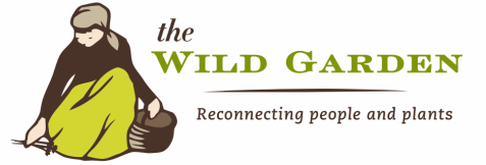
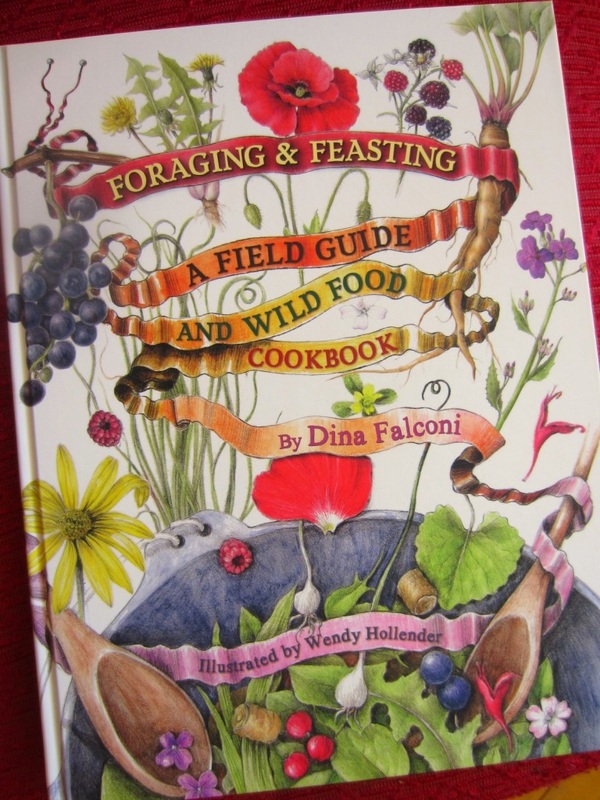
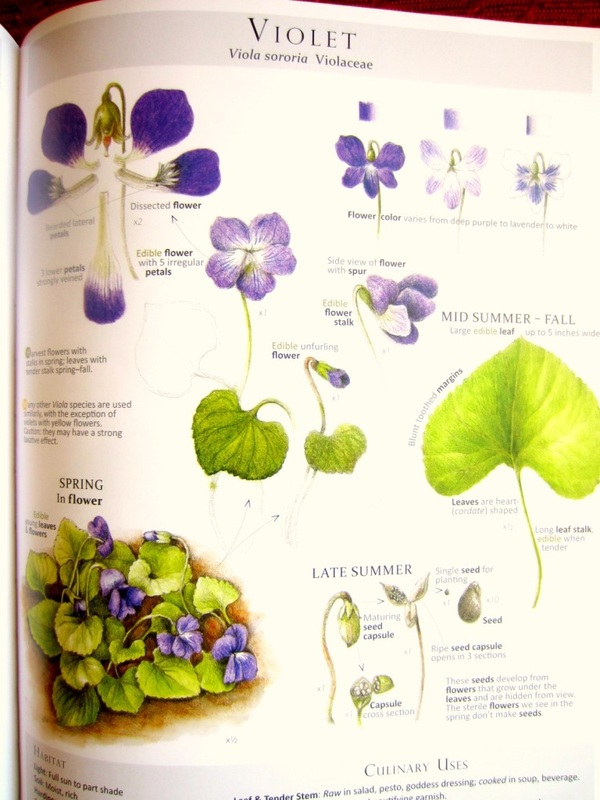
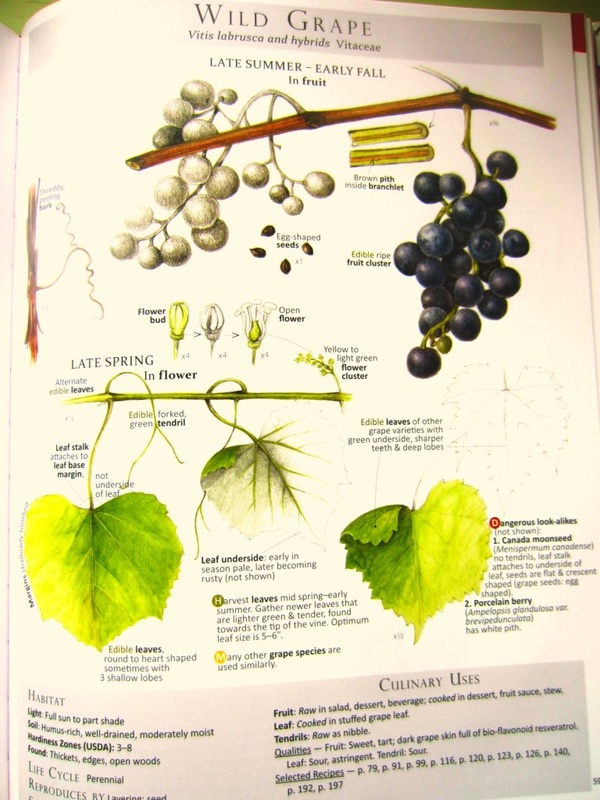
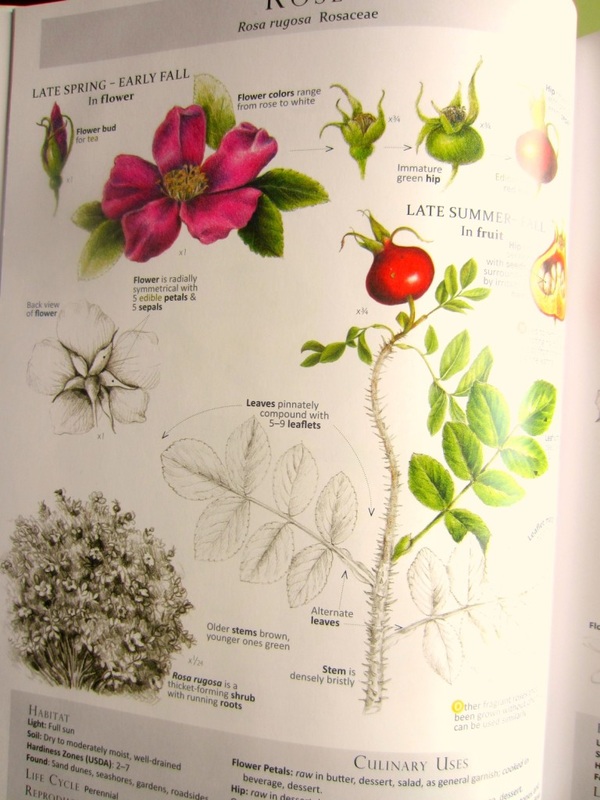
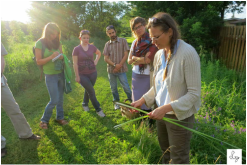
 RSS Feed
RSS Feed